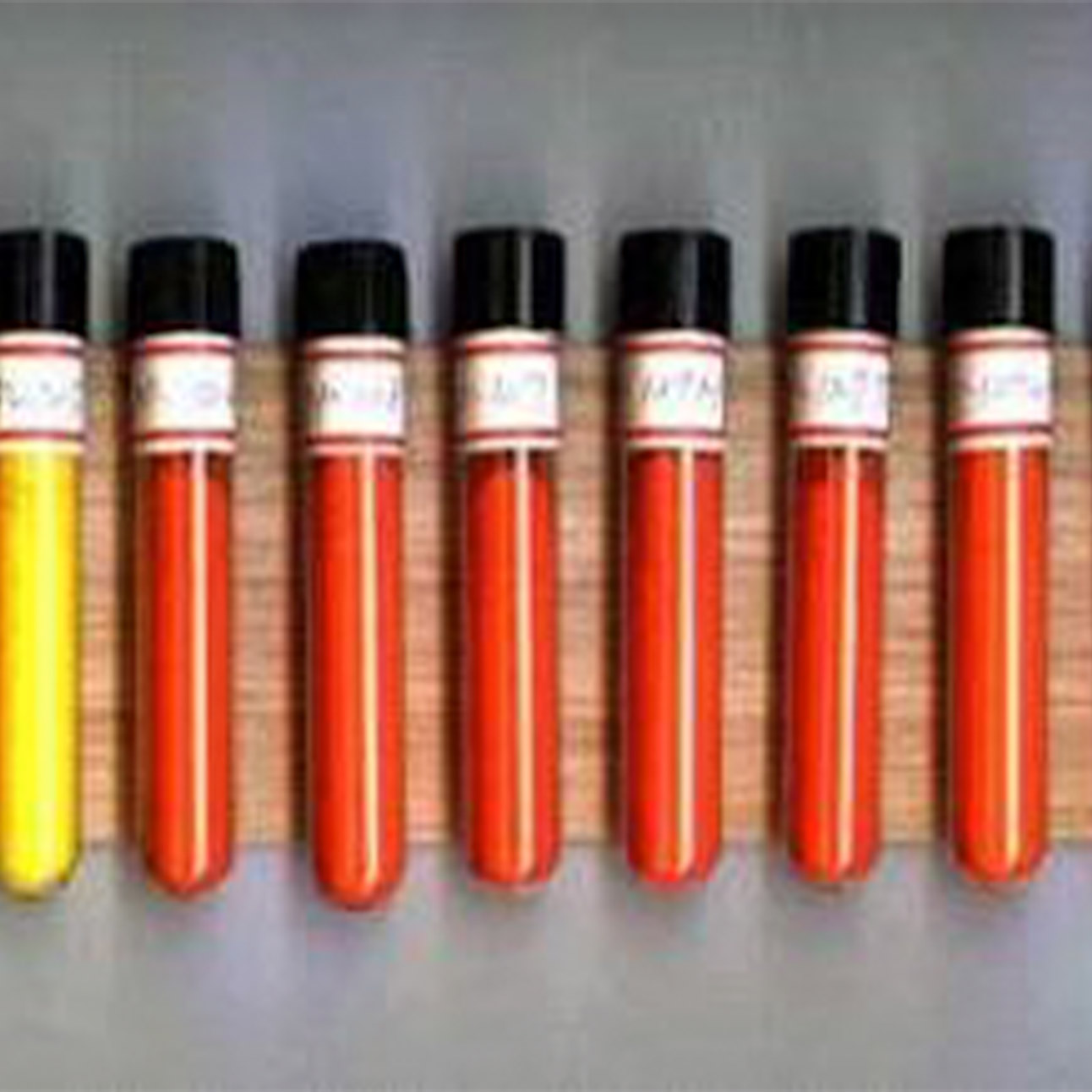- Home
- Product Introduction
- High Performance Pigment
High Performance Pigment
High Performance Pigment
- Compared with ordinary pigments, high-performance pigments have better physical and chemical properties, such as weather resistance, heat resistance, and light fastness. Usually high-performance pigments also have better quality and cost performance.
High-performance pigments include different chemical structures and manufacturing processes, including benzimidazolones, azo condensation, heterocyclics, etc.
Janie Color Pigments produces distinctive benzimidazolone pigments, including yellow and red pigments. Can meet customer needs of plastics, inks, coatings, etc.

Pigment yellow Y-180, Y-175

Pigment Red R-176, R-185
Pigment Red 176 features a bright, bluish-red color with excellent coloring strength, making it suitable for high-end inks, paints, plastic products, EVA foamed rubber, powder coatings, concentrated color masterbatches, and soft plastic coloring. Its chemical property exhibits a lightfastness rating of 6. Recommended applications include plastics and printing inks.
Pigment Red 185 is a bluish-red pigment known for its good dispersibility, high strength, and excellent weather resistance. It is recommended for use in printing inks, water-based decorative paints, solvent-based decorative paints, industrial coatings, and powder coatings.

Newly developed high-performance pigments such as Y-155, Y-175
Remarks (reference)
Pigment, sometimes called pigment, can be applied to colored materials and is also a substance that can make objects produce color. The composition of pigments can be divided into two major categories, inorganic pigments and organic pigments.
Color True Pigments uses chemical synthesis technology to produce organic pigments that can be used in inks, coatings, plastics and other applications.
Humans in ancient times used stones to paint on rock walls. These colored stones are natural mineral pigments, a type of inorganic pigment. The black of coal, the red of cinnabar (silver sulfide), the blue of lapis lazuli (lapis lazuli), one of the seven Buddhist treasures, and the green of malachite (crystal of basic copper carbonate), are all inorganic natural mineral pigments .
Commonly used for painting, the biggest difference from dyes is that "dyes are soluble in water" while "pigments are not soluble in water or oil." Pigments used for coloring are composed of fine solid particles (powder). They are insoluble in water or oil and have no affinity with the material (paper, fiber, cloth). They must use an adhesive agent to stay on the material. .

